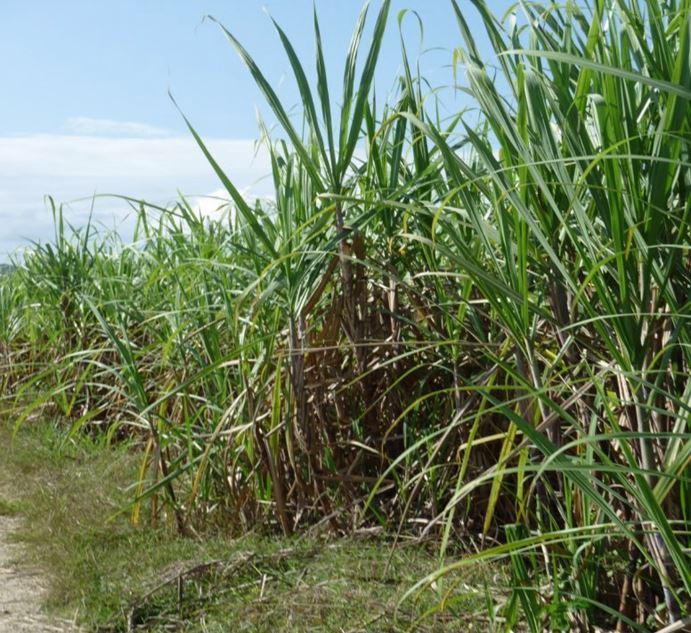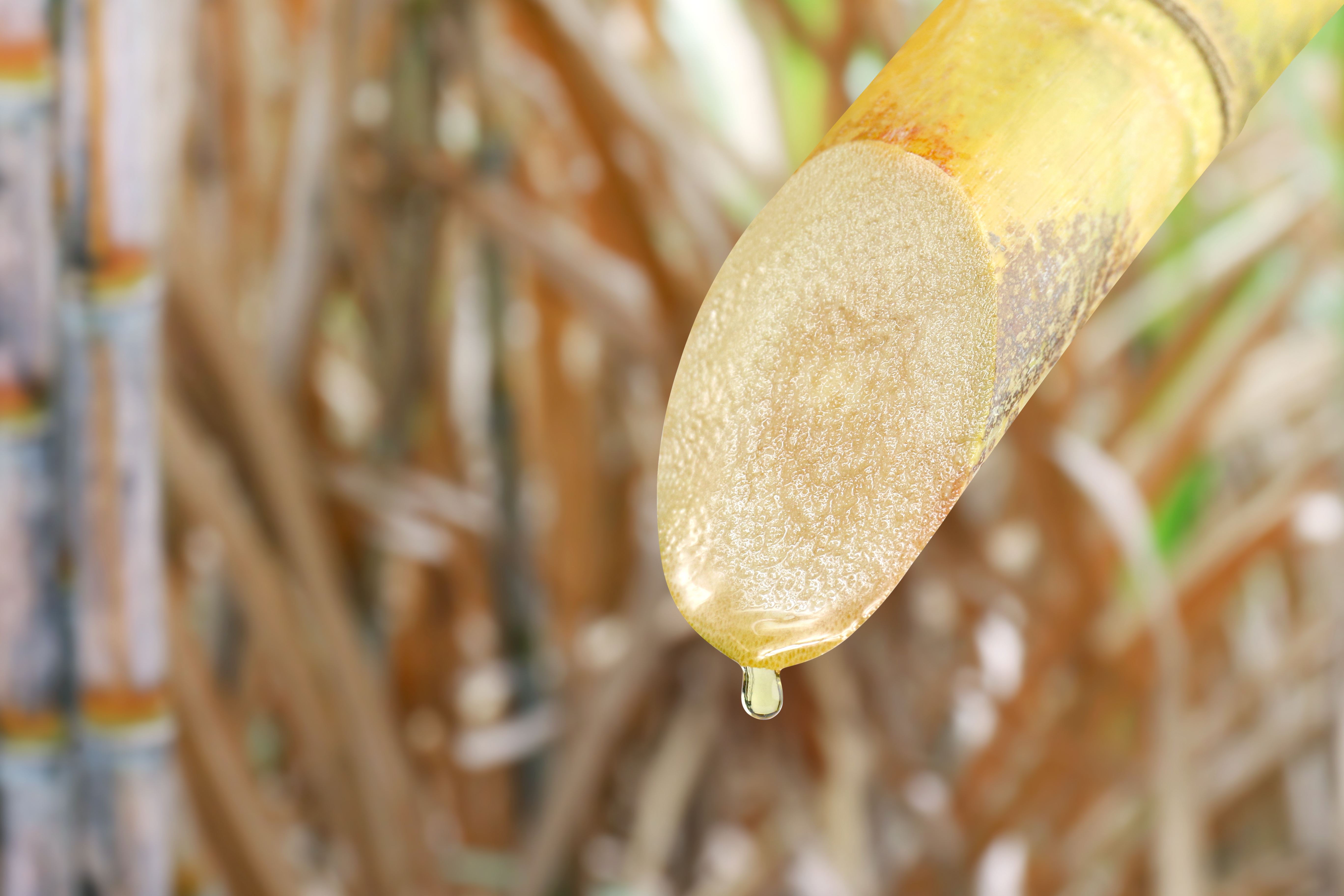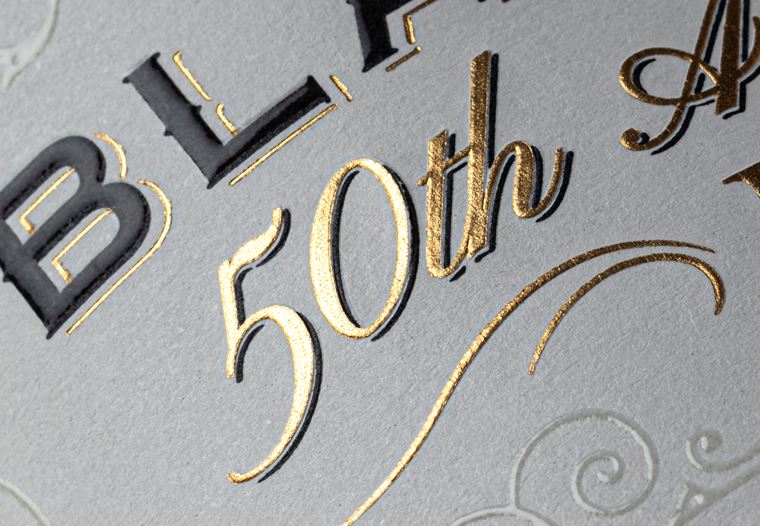

How Is Rum Made
Take a deep-dive into the rum making process to discover its journey from sugarcane fields to your glass.

Raw Materials
Sugarcane juice, cane syrup, or molasses? While, everything begins with sugarcane, what your rum is made from will greatly affect the flavours you find within. Here we look a little closer at sugarcane, as well its three major by-products that are used for distilling rum.



SUGARCANE
This is where our rum journey first begins. “Saccharum Officinarum” or Sugarcane, now synonymous with the Caribbean, had its early origins in Papua New Guinea, India, and China. In fact, when the marauding forces of Europa turned their attention to the Americas, it was they who first brought sugarcane to the Caribbean, and introduced the crop there.
A member of the grass family, sugarcane can grow several metres high, and is filled with delicious sugar rich juice that can be released when crushed. Suited to the warm conditions in the Caribbean, over time hundreds of different varietals were propagated as growers sought to introduce cane with better sugar yields, and more hardy strains that were better suited to each island’s particular climate.
SUGARCANE JUICE
The closest and rawest ingredient immediately derived directly from crushing sugarcane. Sugarcane juice is famously used in the French regions of Martinique, Guadeloupe, and La Réunion, where you’ll find what we call agricultural-style, or Agricole, Rhum. In Haiti, you can find sugarcane juice distilled in rustic pot stills, known as ‘Clairin’. And in Brazil, one of the earliest known distillates of sugarcane juice - some 100 years before the Caribbean - is still found today as Cachaça.
Sugarcane juice is an ingredient that gives you wonderful fresh, grassy, vegetal style r(h)ums, and is arguably the best example of where rum and terroir coincide.
Once sugarcane is crushed, the juice will spontaneously begin to ferment due to the abundance of natural yeast both in the local environment and on the cane stalks itself. Though this is perfect when distillation is locally planned for the same day, it means that sugarcane juice is almost impossible to store or transport further afield. As such, sugarcane juice based rums will always be a reflection of the local sugarcane grown in that terroir.
CANE SYRUP
Sugarcane juice though delicious is almost impossible to transport in any great distance. Natural yeasts combined with the high water content and tropical heat mean that fermentation will begin to occur quite naturally, and once pressed there is a short window of time to prepare that juice for distillation. And so some opt instead to boil this sugarcane juice down, converting it into what we would call cane syrup (sometimes known also as ‘sugarcane honey’).
This rich (and delicious) dark syrup is incredibly flavoursome, and also has an incredibly high sugar content (also known as ‘Brix’) as now a lot of the excess water content has been evaporated.
Countries like Venezuela, Guatemala, and Grenada, champion the use of cane syrup as the raw material for their rums, and it is also the basis for many Clairins in Haiti (in addition to the Clairins made from sugarcane juice).

MOLASSES
Rather than a direct byproduct of the sugarcane itself, molasses is derived from the sugar making process. Cane syrup is filtered and the sugar molecules within are crystallised and extracted using a centrifuge. This process lifts the sugar crystals out of the solution, separating them from the remaining liquid which we now call molasses. This sugar extraction process can typically happen three times before it becomes uneconomical to extract any more.
The quality of both the sugar and the molasses are at their highest from the first extraction, reducing gradually with each pass. While it would be wonderful to make all rum with the first extraction of molasses, typically it is the third extraction of molasses which is more commonly available - it has a lower sugar (Brix) content, but is generally much more economical and better availability for distilleries to buy.
You’ll find molasses being distilled into rum in Barbados, Trinidad, Jamaica, Guyana, Australia, Antigua, St. Lucia, Cuba, Nicaragua, Panama, Venezuela, as well as many more. Typically molasses rum is considered heavier and fuller flavoured, and is especially true in its most rustic, pot-still distillates.





